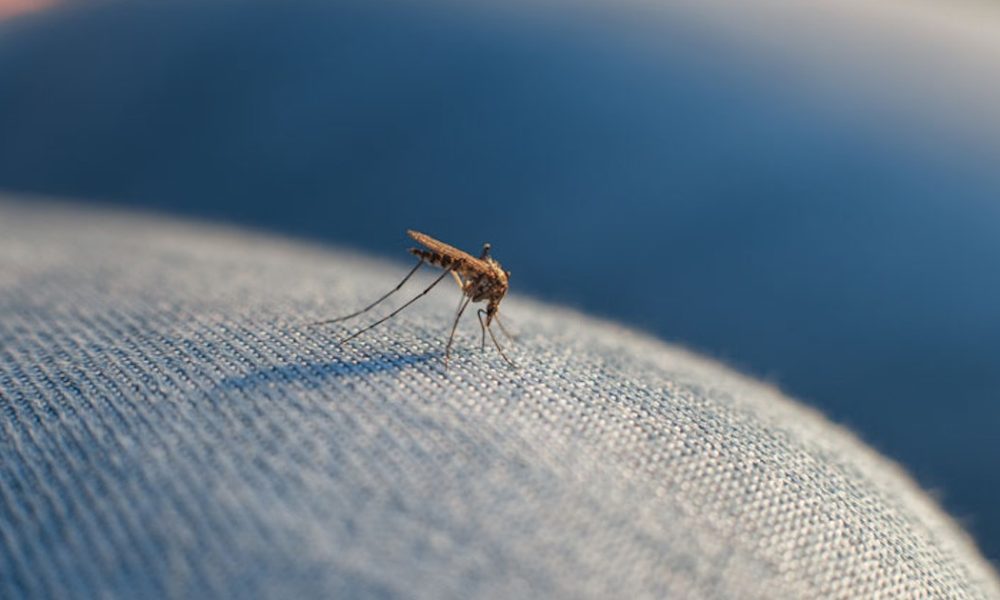 FILE PHOTO
FILE PHOTO
Summertime barbecues, short sleeves and spending time with friends and family by the water on a river or lake are some of the best things about Oregon summers. With ready access to coastal areas and cascade high lakes, outdoor recreation opportunities abound. Unfortunately, when you arrive at your destination you may find that you’re not alone. Although most of the native and introduced insects in this part of the world are not particularly aggressive, there are a few that can ruin an otherwise perfect summer day without the right precautions. No one likes coming home to find they’re covered in itchy mosquito bites and welts after a day out.
There are some steps you can take to prevent yourself, and your friends and family, from becoming a movable feast for the multitude of insects that also call this part of the country home. When it comes to flying insects, take advantage of areas that have a light breeze. Mosquitoes are not particularly strong flyers, and even a slight breeze may be enough to ground their activity. Long sleeves and pants can decrease bites as well. Avoid peak feeding times such as dawn and dusk if there is no breeze to keep airborne pests at bay. For fishermen in waterways without a breeze, a mosquito head net can make the day much more enjoyable.
The next phase of prevention involves some planning. Most of us are familiar with DEET- containing insect repellents, and these do work well if applied to the skin according to the manufacturer’s directions. They do not, however, work well on clothing. For this, permethrin is superior. You can treat an outfit at the beginning of the summer, let it line dry and it will repel all manner of biting insects for about six washings. A combination of these two treatments can reduce the number of bites to zero, even if a whole cloud of mosquitoes has decided to crash the party.
From a medical standpoint, insect bites can be a concern not just for the irritation and inconvenience they cause, but also due to the potential for vector borne illness in the form of viruses and parasites carried from host to host. Although malaria is not known to be present in this region, there are a number of significant viruses that can cause illnesses-particularly in patients, which are immune compromised or pregnant. Even without disease transmission, the local tissue reaction from the bite and break in the skin can create an entry point for infection present in the environment or on the skin surface. This may in turn lead to a cellulitis or abscess that may require medical treatment with antibiotics or even surgical evacuation of the wound. Signs and symptoms that may indicate advanced treatment is warranted could be fever, nausea, drainage of yellow liquid from the site, heat or warmth at the site of the bite, or unusual swelling or rash appearance that is not disappearing within a few days.
For travel outside the local area, insect borne diseases can be a much greater threat depending on the destination. A great place to start researching for any travel especially outside the United States is the CDC website, https://www.cdc.gov. Here, you can find information on travel advisories, risk assessments, as well as vaccine and prophylaxis recommendations.







